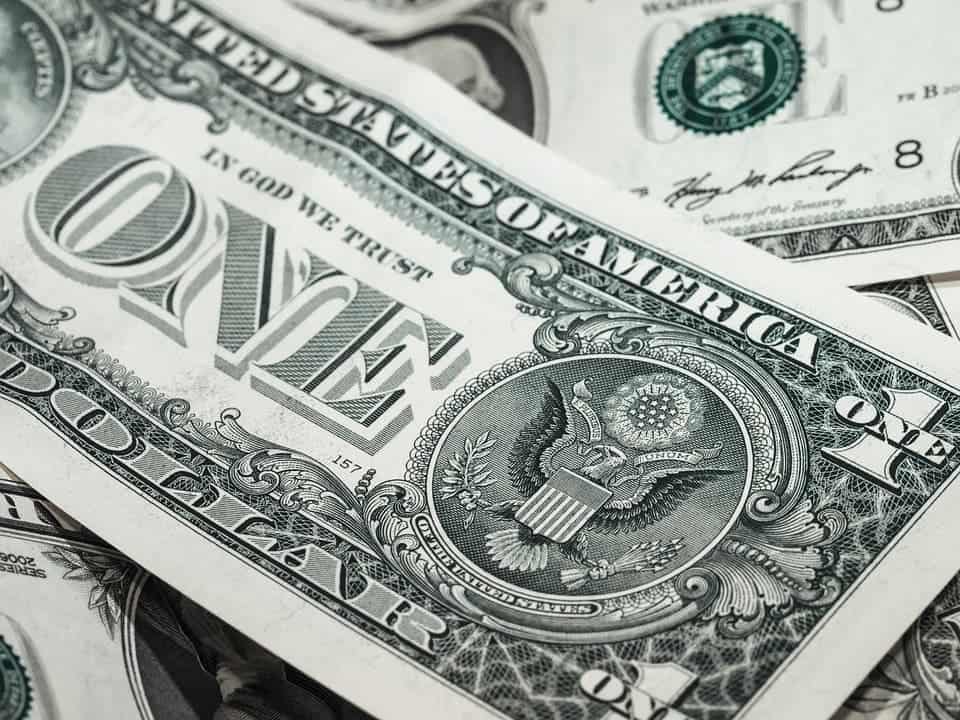A one dollar per pack increase could make smokers 20% more likely to quit, a new paper reports.

In the words famously uttered on South Park, smoking is bad, ‘mmmkay? Smoking is also extremely addictive and is the leading cause of preventable death across the world. Efforts are being made to dissuade people from picking up the habit and helping old-timers shed it, but between its addictiveness and the efforts of big tobacco to change the focus from health issues to consumers’ right to chose (to inhale death) for themselves, it’s been quite an uphill battle.
A new paper, however, comes to show that even discrete price changes can nudge users into changing their habits. The study used 10 years’ worth of neighborhood-level price data to see how it affected smoking habits, with particular attention given to long-time smokers. The results are quite surprising: even a modest, one dollar per pack increase in price can make smokers 20% more likely to quit, while old smokers were 35% more likely to quit.
More life for your buck
“Older adult smokers have been smoking for a long time and tend to have lower rates of smoking cessation compared to younger populations, suggesting deeply entrenched behavior that is difficult to change,” said Stephanie Mayne, PhD, a fellow at Northwestern and the lead author of the study.
“Our finding that increases in cigarette prices were associated with quitting smoking in the older population suggests that cigarette taxes may be a particularly effective lever for behavior change.”
The relationship between cigarette price and smoking habits on a local level is an understudied field that could hold a lot of solutions for the issue at hand, says Amy Auchincloss, PhD, associate professor in the Dornsife School of Public Health and senior author of the paper. Most results we have up to now have primarily “come from population surveillance,” she adds, which is why the team decided to zoom in on the neighborhood level.
The team followed a cohort of 632 individuals (a cohort is a group of people sharing one or more characteristics) ranging in age from 44 to 84 from six different locations including the Bronx, Chicago, and Winston-Salem. The data used in the study was recorded as a part of the Multi-Ethnic Study of Artherosclerosis (MESA) between 2002 and 2012.
After crunching up the data, the team found that smokers were 20% more likely to quit for every one dollar increase in pack price. The same increase linked to a 3% “reduction in risk of current smoking” and a 19% reduction in the average number of cigarettes smoked each day. When looking only at heavy smokers (those smoking more than half a pack a day) the same increase in price linked to 7% reduction in risk of heavy smoking, and a 35% reduction in the average number of cigarettes they smoked per day. The data focused on people older than 44, but Mayne thinks this effect may be “similar or possibly stronger in a younger population.”
“Since heavy smokers smoke more cigarettes per day initially, they may feel the impact of a price increase to a greater degree and be more likely to cut back on the number of cigarettes they smoke on a daily basis,” Mayne said.
“Some research suggests younger adults may be more price-sensitive than older adults,” she added.
Eww, price increases
The paper further “found no association between smoking bans and outcomes,” and no evidence that this price effect was “modified by the presence of [smoking] bans,” suggesting that bans in bars and restaurants don’t actually deter people from smoking. The team’s hypotheses is that the economic pressure of added cost per cigarette will provide a strong incentive for people to quit, whereas placing limits on smoking in public places doesn’t cut it — you can simply move from the non-smoking area, but you can’t pay less than the pack is priced at the teller. Not legally, anyway.
“A ban may be circumvented by going outside or staying home, whereas avoiding a price increase might take more effort,” explains Mark Stehr, PhD, associate professor in Drexel’s School of Economics and co-author of the study.
All in all, the results strongly point towards taxation as the better strategy for discouraging smoking across all ages than location bans. This monetary nudging parallels previous work where modest taxation was used to deter people from eating junk food and sugary beverages. It doesn’t have to be a price increase that actually prohibits people from buying the item, either, so their freedom of choice isn’t limited. Even a slight increase in price works because people won’t be as willing to pay $6.55 for an item that’s been $6.00 or $5.55 their whole life. Why pay more for the same product, right?
“Given our findings, if an additional one dollar was added to the U.S. tobacco tax, it could amount to upwards of one million fewer smokers,” Auchincloss concluded.
“Short of federal taxes, raising state and local taxes and creating minimum price thresholds for tobacco should be essential components of a comprehensive tobacco control strategy — particularly in places with high tobacco prevalence.”
The paper “Longitudinal Associations of Local Cigarette Prices and Smoking Bans with Smoking Behavior in the Multi-Ethnic Study of Atherosclerosis (MESA)” has been published in the journal Epidemiology.


